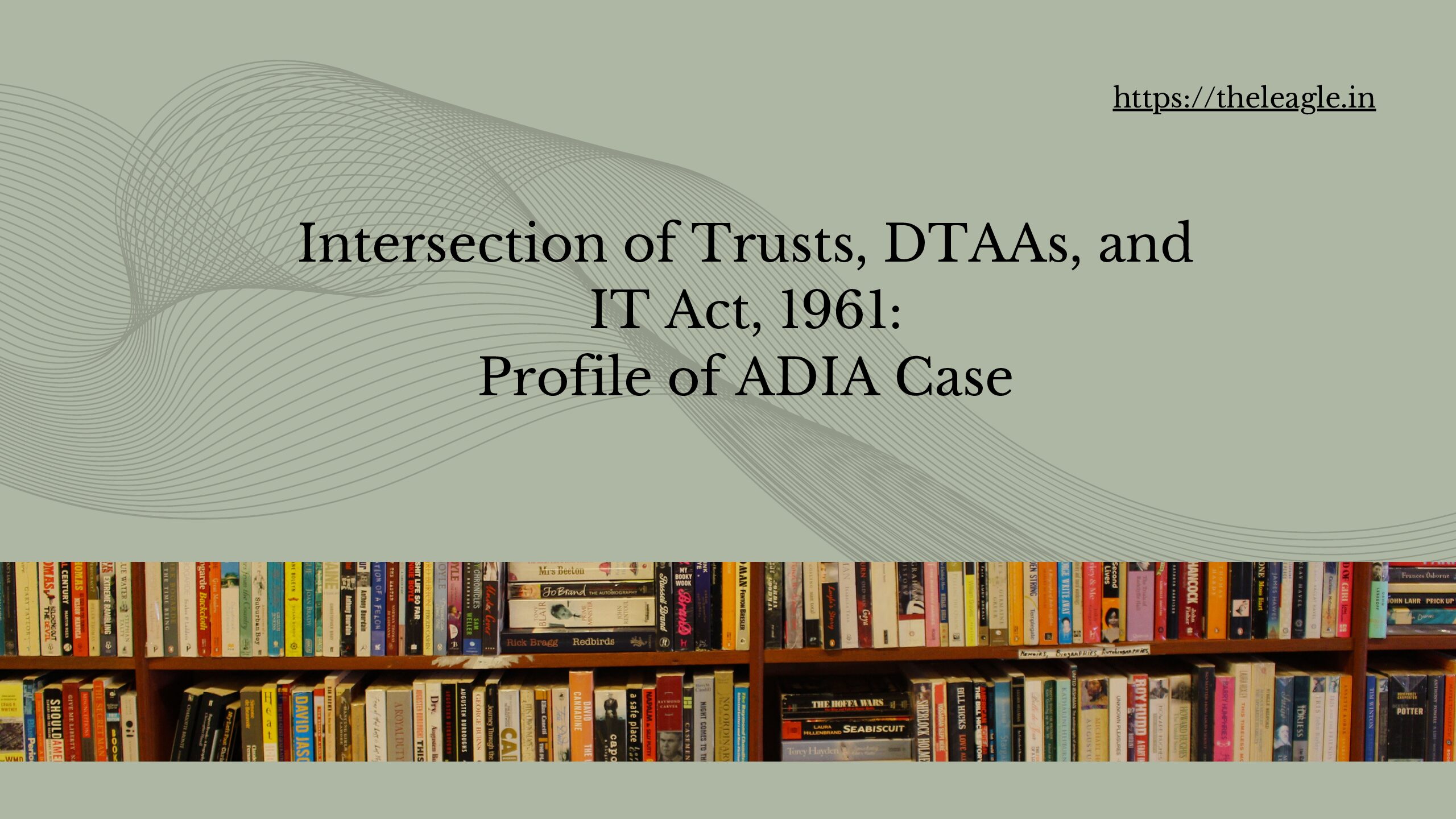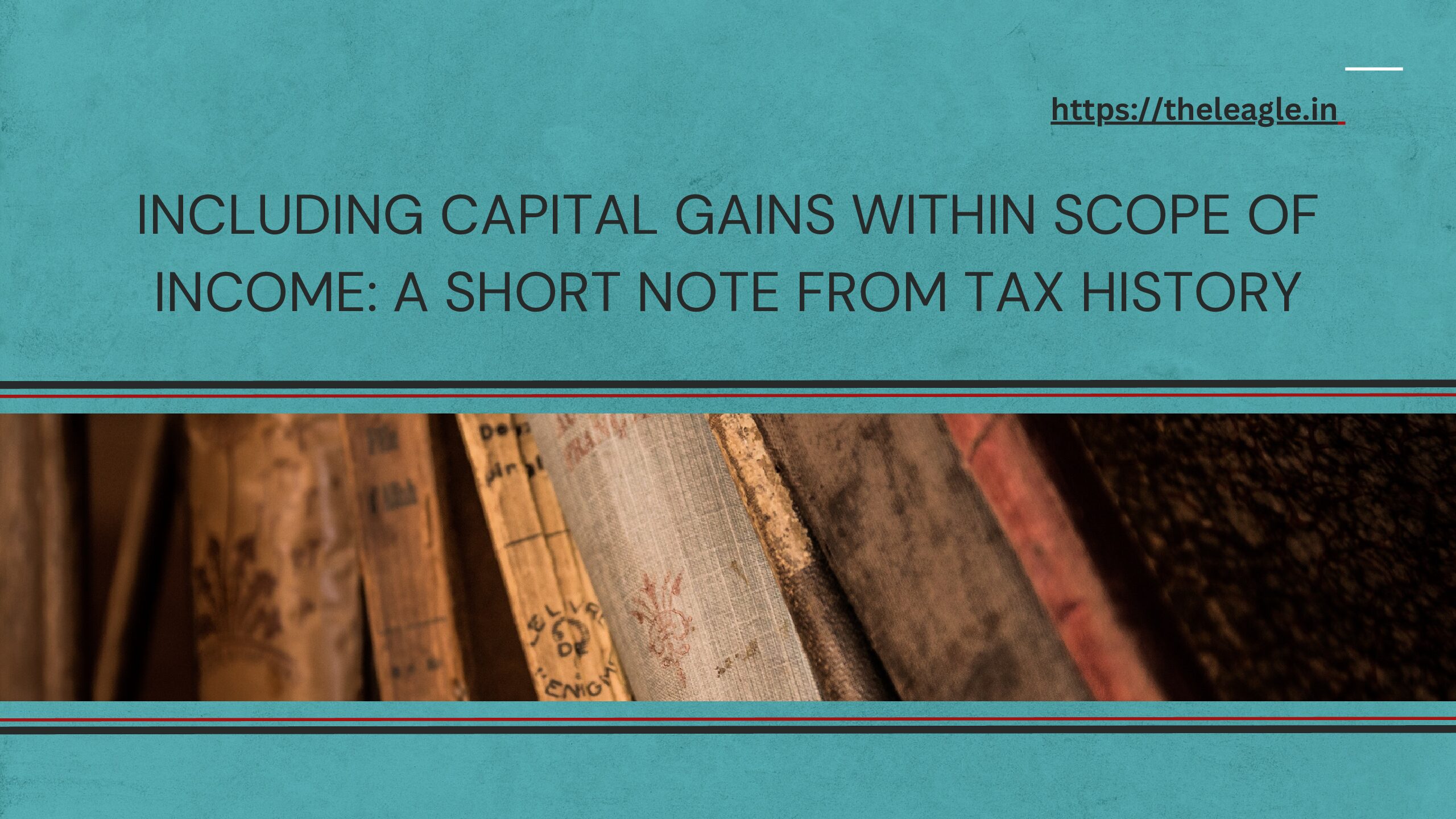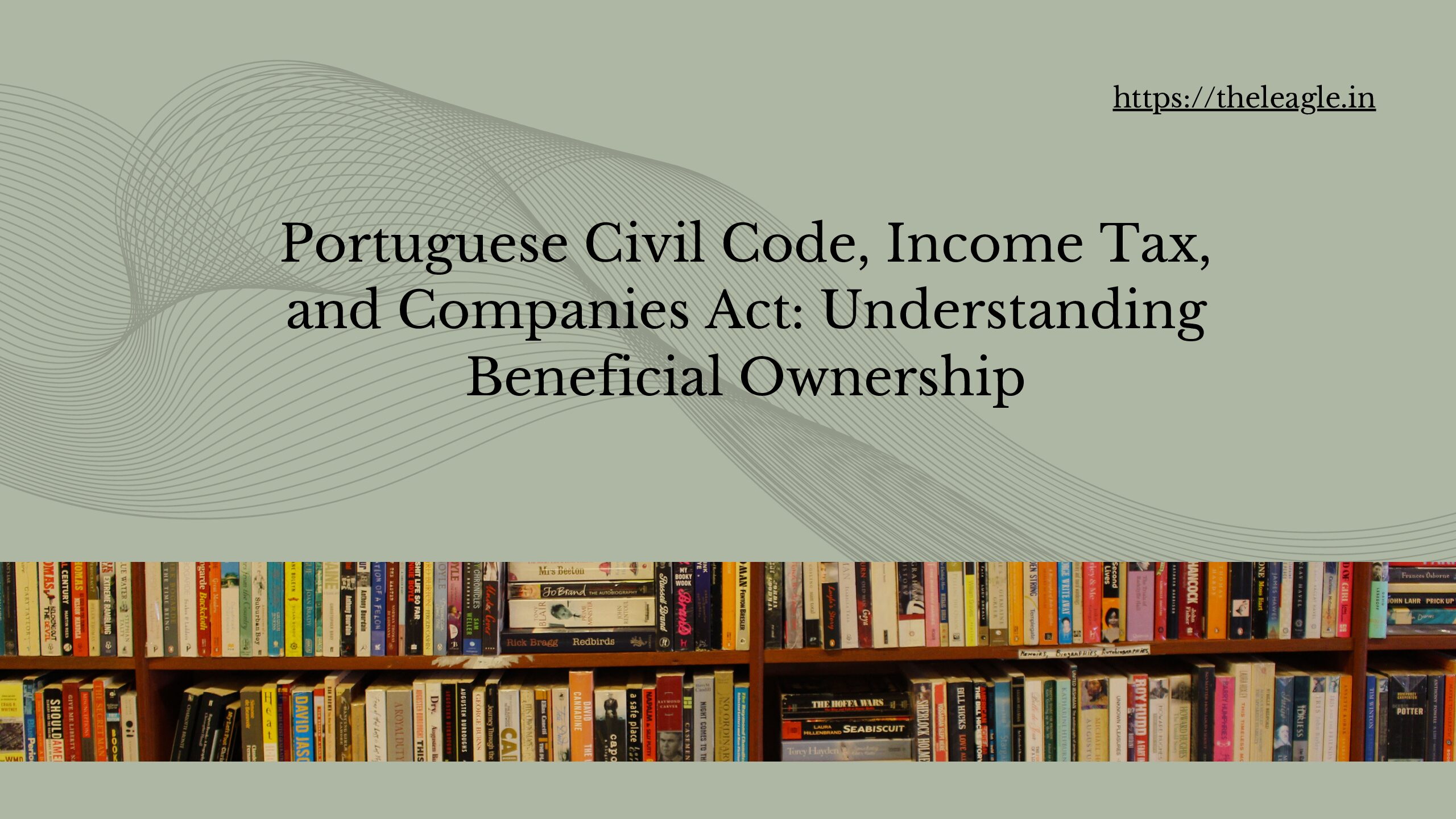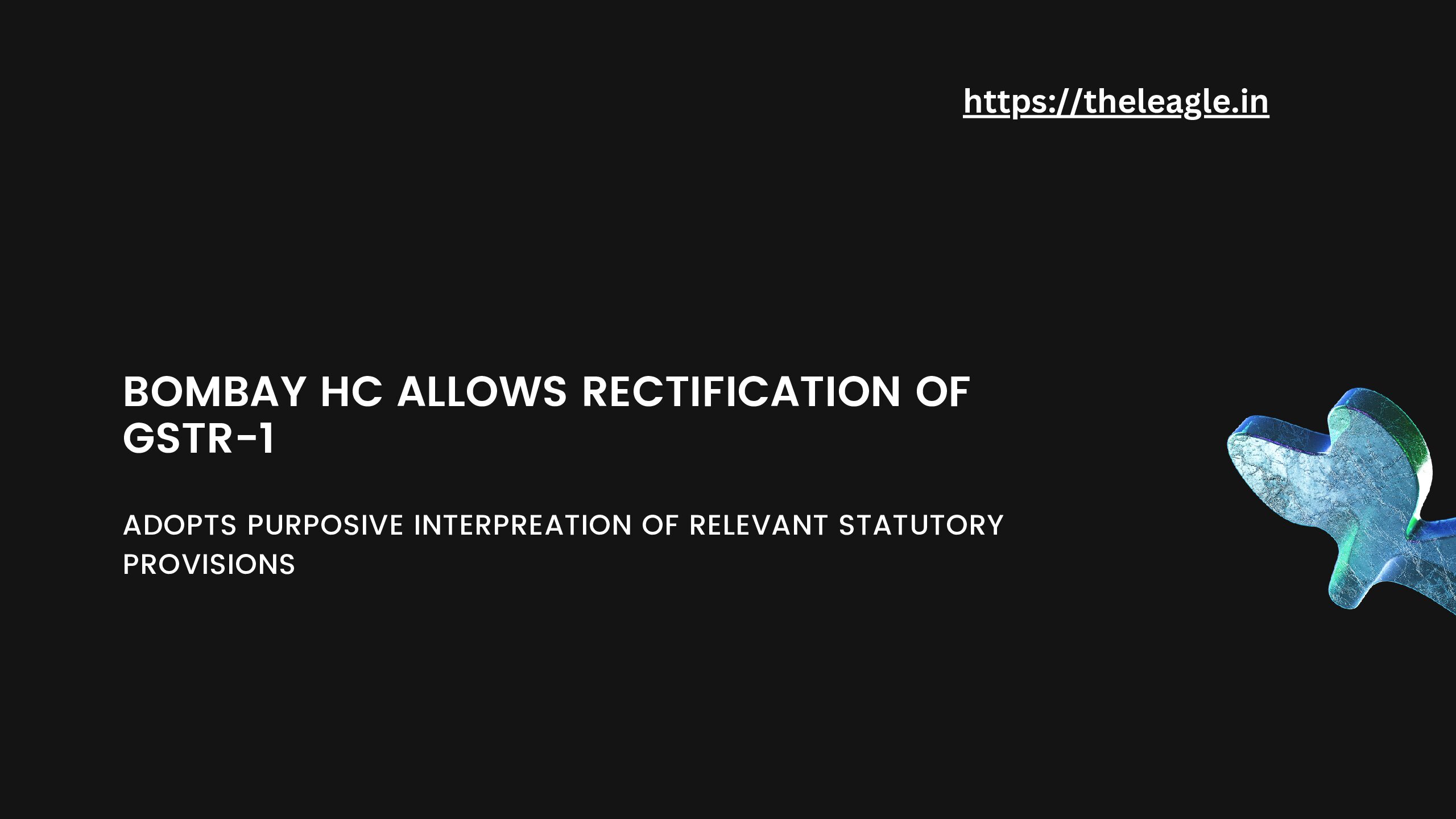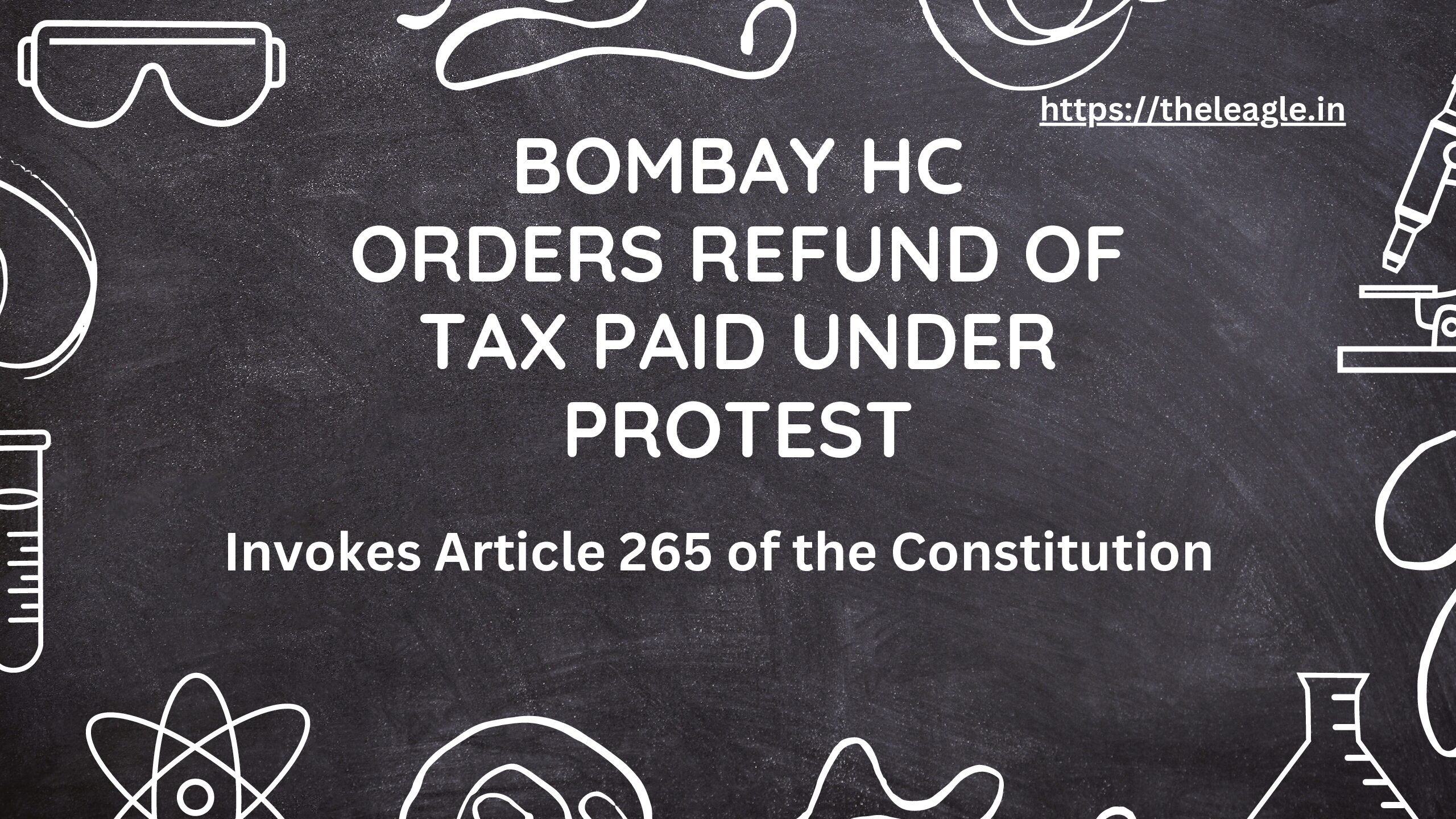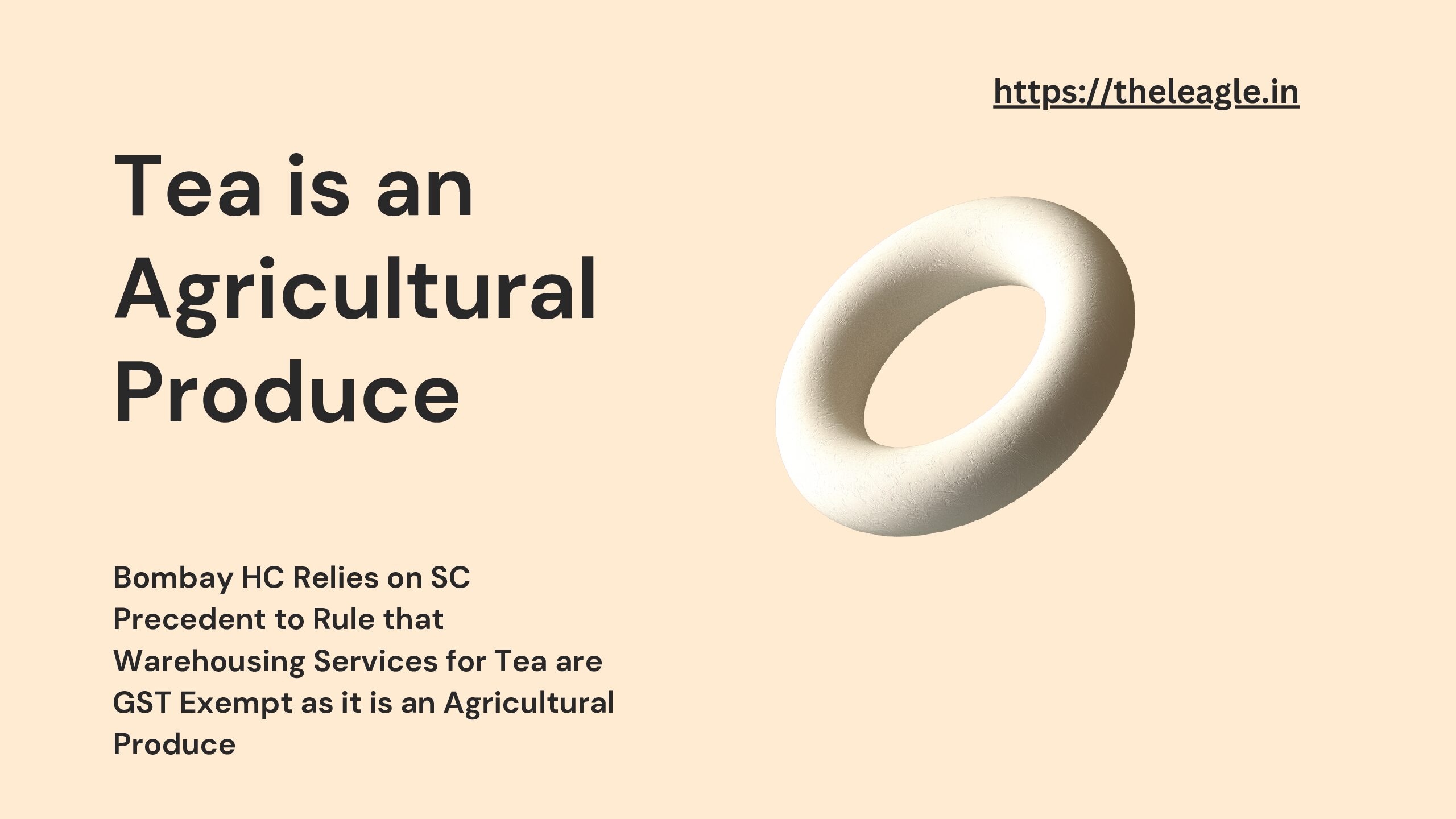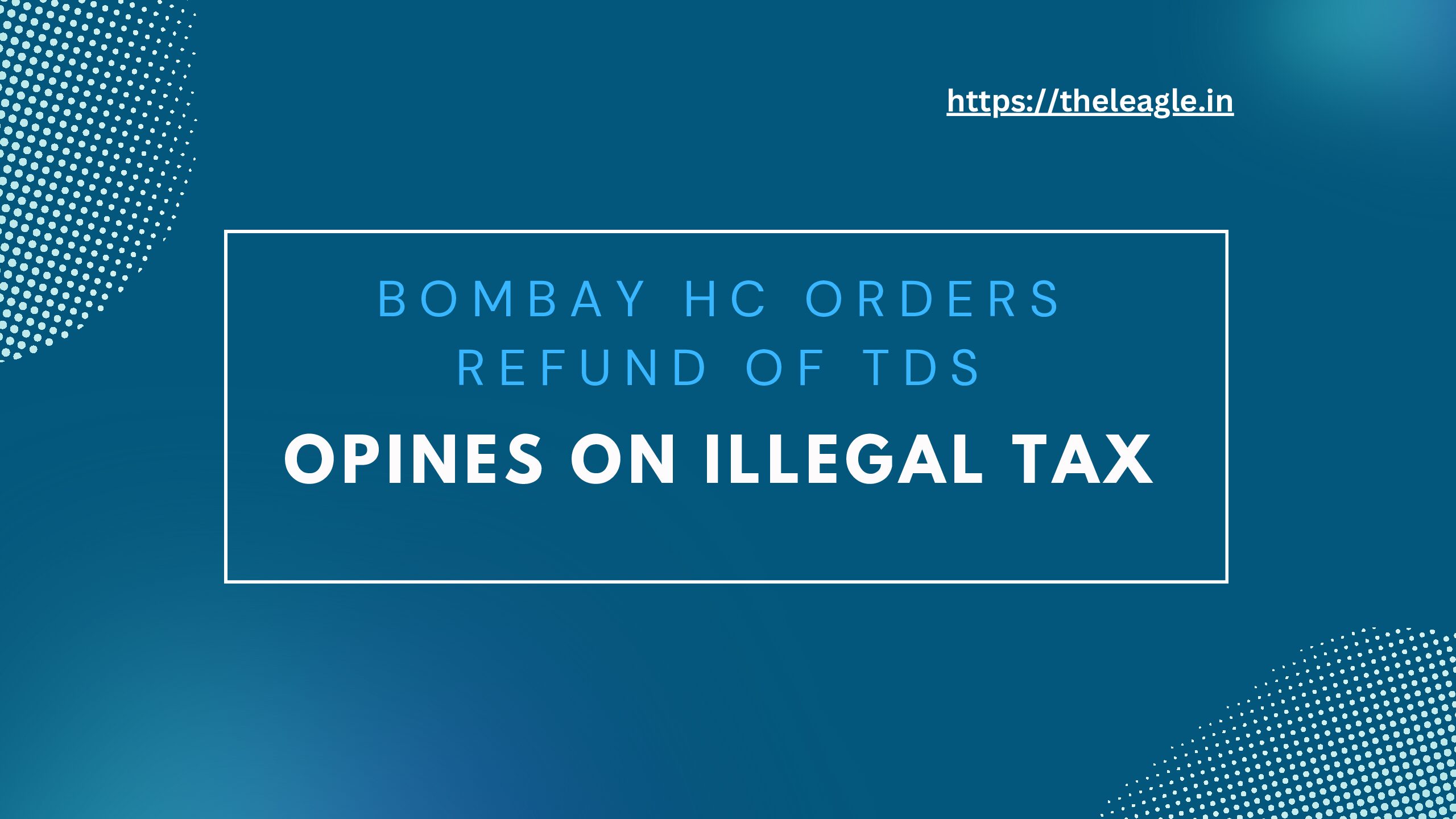All things in life have a tax angle, including alimony payments. In this article I elaborate on tax treatment of alimony payments under the Income Tax Act, 1961 (‘IT Act, 1961’). Upfront, these are the three takeaways from this article:
first, a lump sum payment of alimony amount is not taxable in the hands of recipient, since it is a capital receipt.
second, the monthly payment of alimony amount is taxable in the hands of recipient, since it is an income from a particular source.
third, the payer receives no tax deductions for alimony payments, even if the payments are made under a decree of court.
The law on all three above aspects was laid down by the Bombay High Court in Princess Maheshwari of Pratapgarh v Commissioner of Income Tax. This case is the focus of my article below.
Decree of Nullity Sprouts Tax Questions
(i) Decree of Nullity of Marriage
In September 1963, Princess Maheshwari Devi of Pratapgarh obtained a decree of nullity of her marriage with Maharaja of Kotah. The Bombay City Civil Court (‘civil court’) pronounced the decree of nullity under Section 25, Hindu Marriage Act, 1955. As part of the proceedings, the Princess had claimed monthly alimony and a gross sum as permanent alimony from the Maharaja. The Civil Court ordered the Maharaja to pay the Princess an amount of Rs 25,000 as permanent lump sum alimony and a sum of Rs 750 per month as monthly alimony. The Maharaja was obligated to pay the latter until her remarriage, if and when, it took place.
(ii) Two Tax Questions
I will spare you details of assessment years and focus on the broader issue: the Princess claimed tax exemption on the lump sum alimony amount as well as the monthly alimony amounts. Her claims were rejected by the Income Tax Office and Appellate Tribunal, and against the said decisions she appealed to the Bombay High Court.
The High Court had to answer two questions:
First, whether the monthly alimony of Rs 750 was income in hands of the Princess and liable to tax?
Second, whether the lump sum alimony of Rs 25,000 was income in hands of the Princess and liable to tax?
The framing of questions is crucial, from an income tax viewpoint. A receipt of money is only taxable if it constitutes ‘income’ as defined under the Income Tax Act, 1961 (‘IT Act, 1961’). Else the receipt falls outside the ambit of IT Act, 1961 though given the current and expansive definition of income, rarely if ever is a receipt of money not subjected to income tax.
Monthly Alimony is Taxable in Hands of Princess
The Bombay High Court answered the first question in favor of the Income Tax Department and held that the monthly alimony payment to the Princess constituted her income and was taxable in her hands. The arguments from both sides were as follows.
(i) Arguments
The advocate for the Princess rested her case for tax exemption of the monthly alimony on various grounds. Some of them were:
First, alimony is merely an extension of husband’s obligation to maintain his wife and Section 25, Hindu Marriage Act merely enlarges that obligation. The advocate was implying that the husband is obligated to maintain his wife, whether they continue to remain married or not.
Second, the alimony payment to the Princess did not emerge from a definite or particular source and in fact, the payment would cease on her remarriage.
Third, monthly alimony is a personal payment from her ex-husband and not a consideration for any services performed – past or future.
The counsel for the State though argued that the decree of Civil Court had created a legal right in favor of the Princess. The right to receive a monthly alimony amount had a definite source, i.e., the decree of court, and should be taxed as income in hands of the Princess.
(ii) High Court Applies the Law
The Bombay High Court scanned through the previous cases to state judicial understanding o the term ‘income’. For example, one notable case, the Privy Council had observed that income is something that is ‘coming in’ with some sort of regularity from a definite source. The High Court after scanning various other precedents, succinctly stated the judicial definition of income as:
a periodical return for labour/skill that a person receives with some regularity, and from a definite source. But an income excludes a ‘windfall’ gain.
The above definition would squarely cover a monthly alimony payment. The only point then in the Princess’s favor was her claim that the monthly alimony was not a result of application of any labour or skill on her part. But the High Court rejected this point and held that even voluntary payments can constitute income in hands of recipient if they come with regularity from a definite source. The High Court though further pointed out that the monthly alimony was paid to the Princess because of the civil court decree which was obtained by her by expending effort and labour. And the civil court decree is the source of her right to claim monthly alimony as minus the decree she would have no right to alimony. The High Court concluded:
Although it is true that it could never be said that the assessee entered into the marriage with any view to get alimony, on the other hand, it cannot be deneid that the assessee consciously obtained the decree and obtaining the decree did involve some effort on the part of the assessee. The monthly alimony being a regular and periodical return from a definite source, being the decree, must be held to be “income” within the meaning of the said term in the said Act.
The monthly alimony amount was something the Princess would receive regularly because of the decree, because of her efforts to obtain to same from the civil court and thus it would constitute her income under IT Act, 1961 and be subjected to income tax.
Lump Sum Amount Received as Alimony: Exempt from Tax
As regards the taxability of lump sum amount of Rs 25,000 received as alimony, the Bombay High Court decided that it amounted to a capital receipt and was not taxable as income in the hands of the Princess. The High Court observed:
It is not as if the payment of Rs. 25,000 can be looked upon as a commutation of any future monthly or annual payments because there was no pre-existing right in the assessee to obtain any monthly payment at all. Nor is there anything in the decree to indicate that Rs. 25,000 were paid in commutation of any right to any periodic payment. In these circumstances, in our view, the receipt of that amount must be looked upon as a capital receipt.
Capital receipt, in income tax law, is only taxable if there is an express charging provision in income tax law to that effect. Else, not. Only revenue receipt is charged to income tax by default. Thus, the above distinction of revenue and capital receipts was in favor of the Princess. Also, because the High Court took the view that the lump sum payment did not ‘commute’ any monthly or periodical payments that the Princess would have received since she had no pre-existing right to receive the monthly alimony payment. To be clear, the lump sum alimony amount could be taxable if it ‘commutes a part of the future alimony’. However, the High Court said there was nothing in the civil court decree that indicated that the lump sum amount commuted her monthly payments. At the same time, the High Court did acknowledge that ‘beyond doubt that had the amount of Rs. 25,000 not been awarded in a lump sum under the decree to the assessee, a larger monthly sum would have been awarded to her on account of alimony.’ Thus, leaving a window ajar to tax lumpsum alimony amounts in future cases.
No Tax Deductions for Alimony Payments
The unfairness of IT Act, 1961 is that it does not allow deduction for alimony payments. Typically, husbands pay alimonies to their ex-wives. Presuming that the alimony payment is from a portion of husband’s already taxed income, such payment should ideally qualify for a deduction. It can be viewed as an expense. If not the entire amount, a deduction with an upper cap can be provided. And for monthly alimony payments anyways the wife is liable to pay income tax, so providing the husband income tax deduction on such payments may not be too harmful from a revenue perspective. Currently, the husband pays income tax on his income, pays a portion of such income as monthly alimony to his ex-wife, and the ex-wife is liable to income tax for the monthly alimony as it constitutes her income. A bountiful for the revenue, unless the spouses are smart and rich enough to agree only to a one-time alimony amount, circumventing the uneven tax consequences of IT Act, 1961.
In fact, the Bombay High Court described the above position of law as ‘unfortunate’. It heeded the legislature to pay attention to this aspect and noted:
It is clearly desirable that a suitable amendment should be considered to see that in cases where the payments of alimony are made by a husband from his income and are such that they cannot be claimed as deductions from the income of the husband, in the assessment of his income, they should not be taxed in the hands of the wife. That, however, is not for the courts but for the Legislature to consider.
The Bombay High Court made the above observations in 1982. Since the IT Act, 1961 has been amended several times to include various capital receipts within the realm of taxability. But not lump sum alimony payments categorized as capital receipts have not been made taxable. Neither have deductions on alimony payments been included. Our lawmakers seem busy ‘simplifying’ the income tax law, rather than introducing substantive and meaningful policy changes that acknowledge new social realities.
Conclusion
Neither the Income Tax Act, 1961 and unfortunately nor does the Income Tax Bill, 2025 provide a clear answer about taxability of alimony payments. Tax lawyers typically advice their clients based on above discussed judgment of the Bombay High Court. Any legislative clarity on this front seems a bit distant for now.
Regardless, I would like to conclude with a normative question:
Who SHOULD pay the tax on alimony payments?
Depending on your gender biases, views on divorce, necessity of alimony payments, your perception of divorce settlements as fair or otherwise, your answers would vary. Typically, women receive alimony payments from their ex-husbands. And people who have strong and inflexible opinions that women use family laws as ‘get rich quick’ route are likely to argue that women should foot the tax bill on both kinds of alimony payments: made via lump sum amounts and/or on monthly basis.
A tax law view would be to ask who benefits from the alimony payment? And who bears the burden? The latter should receive a deduction on the payment and the former should shoulder the tax liability. Irrespective of gender. I’m willing to go a step further and suggest that even if the alimony payment is not made because of a court order, but voluntarily as part of a valid contract, the above principles should apply. Taxability of alimony payments should not depend on whether court ordered it, or parties themselves agreed to it. IT Act, 1961 provides deductions to all kinds of voluntary contributions including to political parties, it is imperative that same principles apply to personal relationships if it ends with mutual consent – actual or perceived. We should stop hiding behind the argument that alimony payment is a personal obligation and thus does not qualify for deduction. Unless one entertains the far-fetched belief that providing such a deduction may further catalyze divorces.
Finally, and just as a matter of abundant caution I would like to add that transfer of various assets – jewelry, house, etc. – between two spouses can and do happen when they are still legally married and sometimes after the marriage has legally ended. The transfers of such assets attract different tax liabilities and warrant a separate discussion.
